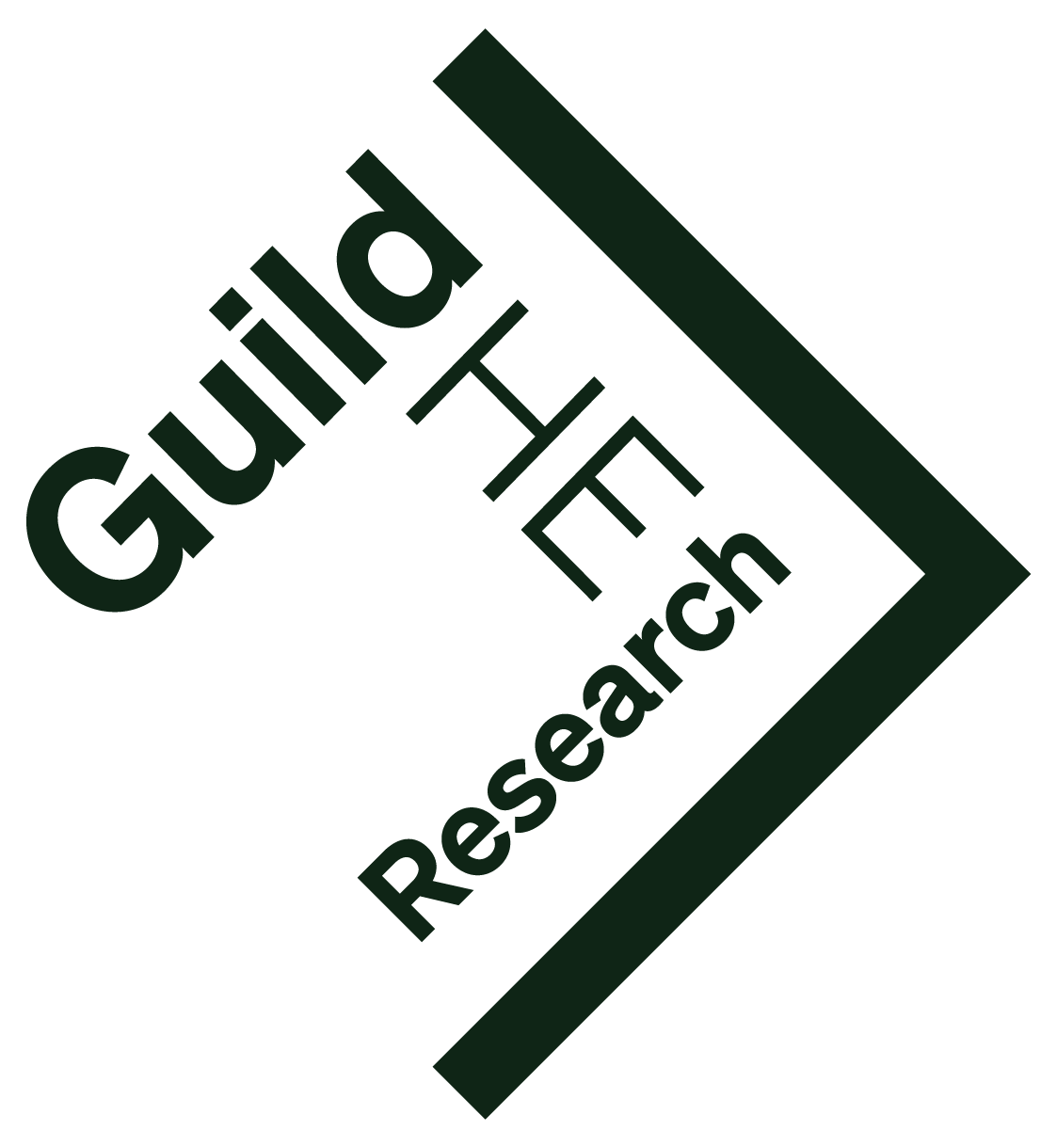Tendon cell biology: Effect of mechanical loading
Stanczak, M., Kacprzak, B and Gawda, P (2024) Tendon cell biology: Effect of mechanical loading. Cellular Physiology & Biochemistry, 58. pp. 677-701. ISSN 1421-9778
|
Text
Stanczak, M 2024 CPB Full article.pdf - Published Version Available under License Creative Commons Attribution. Download (715kB) |
Abstract
Tendons play a crucial role in the musculoskeletal system, connecting muscles to bones and enabling efficient force transfer. However, they are prone to acute and chronic injuries, which, if not properly repaired, can significantly impair function. Tendinopathy, a prevalent condition affecting approximately 20% of musculoskeletal complaints, arises from an imbalance between micro-injury accumulation and repair processes. The extracellular matrix (ECM) of tendons is a hierarchical structure comprising collagen fibrils, proteoglycans, and glycoproteins that regulate organization, hydration, and mechanical properties. Mechanotransduction pathways, mediated by integrins and focal adhesion complexes, activate signaling cascades such as MAPK/ERK and PI3K/Akt, driving tenocyte gene expression and ECM remodeling. Adaptations to load involve region-specific remodeling, with tensile regions favoring aligned Type I collagen and compressive regions promoting proteoglycans like aggrecan. Stress shielding or reduced loading disrupts these pathways, leading to matrix disorganization and inflammation, predisposing tendons to degenerative changes. Insights into these molecular mechanisms inform rehabilitation strategies to enhance tendon repair and mitigate tendinopathy progression in both athletic and general populations.
| Item Type: | Article |
|---|---|
| Schools: | School of Health and Rehabilitation Sciences |
| Depositing User: | Bridget Roberts |
| Date Deposited: | 03 Oct 2025 09:15 |
| Last Modified: | 03 Oct 2025 09:15 |
| URI: | https://hsu.repository.guildhe.ac.uk/id/eprint/571 |
Actions (login required)
 |
Edit Item |

